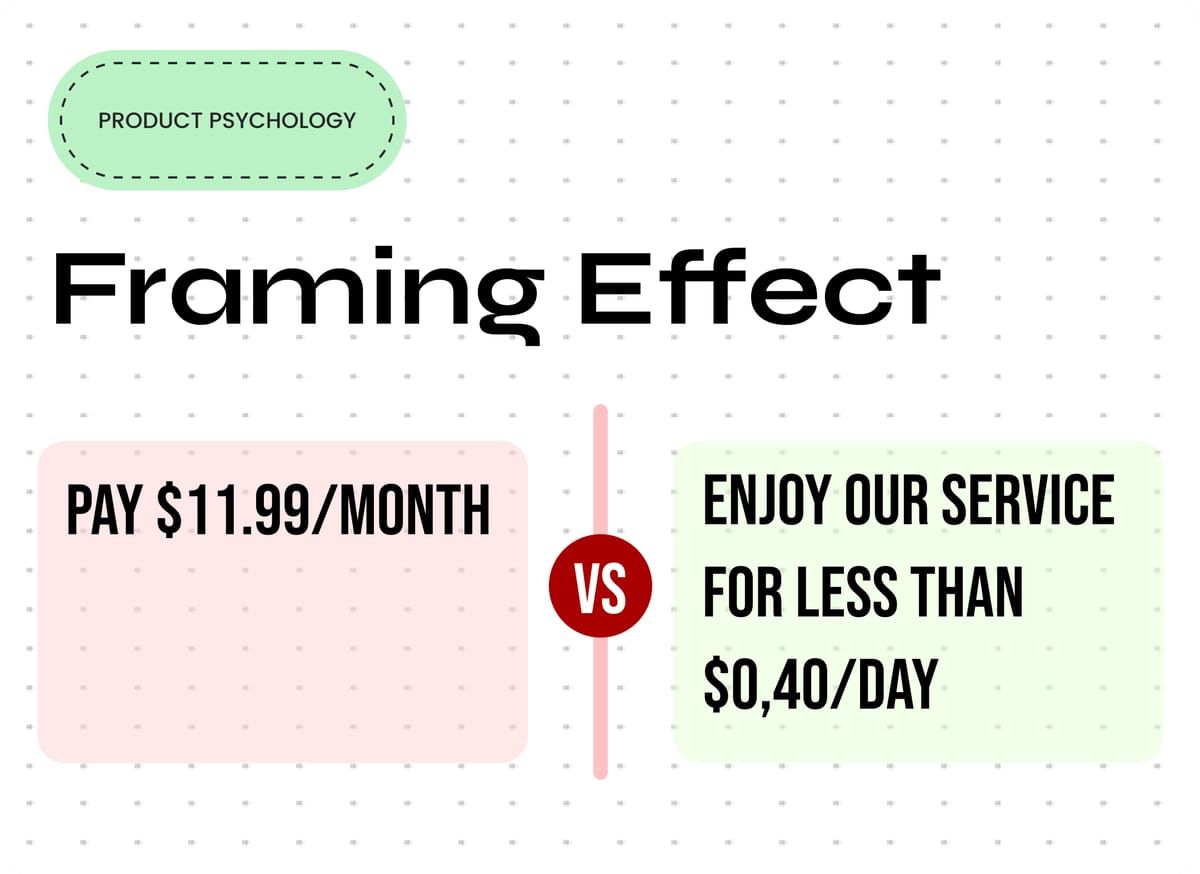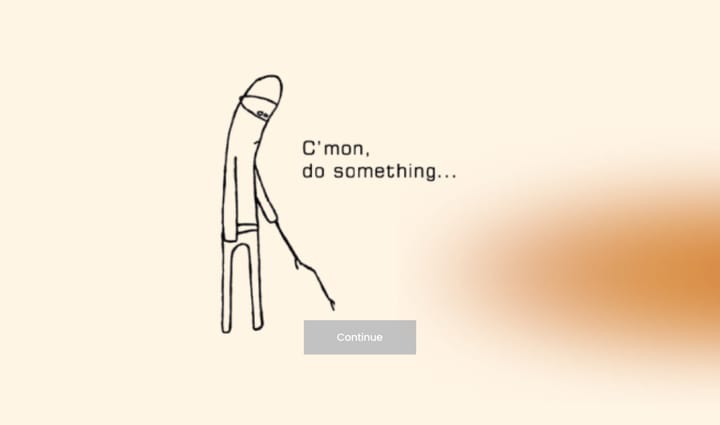Boost User Engagement with This Powerful Psychology Trick

Most of the time, designers tend to focus on the visual part of the experience in order to present something nice and catchy to the stakeholders, but they forget to identify opportunities to apply techniques that will affect the user's psychological ability to make choices and improve the Conversion Rate Optimization (CRO) of their digital products.
Users are usually very skeptical when they are about to make a choice, such as clicking a button, dismissing a notification, buying something, etc. This happens due to a psychological effect called the Framing Effect.
We make very different decisions based on how a fact is presented
Tversky, A., & Kahneman, D. (1981). The framing of decisions and the psychology of choice. Science, 211, 453-458.
Why Framing Effect is highly critical
This technique has the power to directly influence user's behavior and decision-making based on how the information is available to them at the exact moment they are about to make a choice.
Framing Effect Examples of Use
Most companies try their best to create the most appealing offer they can to attract new clients and even keep them from leaving their services. Let's see some examples that will show you the power of the framing effect:
Spotify
For example, the music industry leader Spotify charges a subscription fee of $11.99 per month, which doesn't sound very appealing at first.
Using the framing effect technique, Spotify might frame this cost as "For just $0.40 a day, enjoy ad-free music and offline listening."
NewYork Times
"Get unlimited access to all articles for less than the price of a cup of coffee per week." Using this statement instead of $4 per week,, the famous publisher makes their subscription service look like an extremely low fee for an individual. In this example, there is also another technique utilized called Anchoring (cup of coffee in order people to compare price) which we will talk about in a following article.
Tips to utilize Framing Effect
- Positive vs Negative Framing: Showing information in a positive way can make users feel more confident and happy about their choices. As an example, think of a company advertising that their product has a 95% success rate instead of a 5% failure rate.
- Contextual Framing: Present the option in a way that is more clear and showcases better improvement for the users. As an example, think of Skroutz, which has a subscription delivery service, and when it's time for a user to renew, instead of saying that it will cost you $20 per year, they say that using their service, you are estimated to save over $100 on your order in a year.
- Test Usability of the Context: Make sure people perceive clearly what statements are written and the actions they are about to take.
Conclusion
The framing effect is a great addition that can boost your user engagement in multiple ways and make them feel more confident about their actions. Keep in mind not to overuse this technique since it can make your product look like an ad trap, and users can feel that the only thing that your product is trying to do is make them pay instead of solving their problem.


